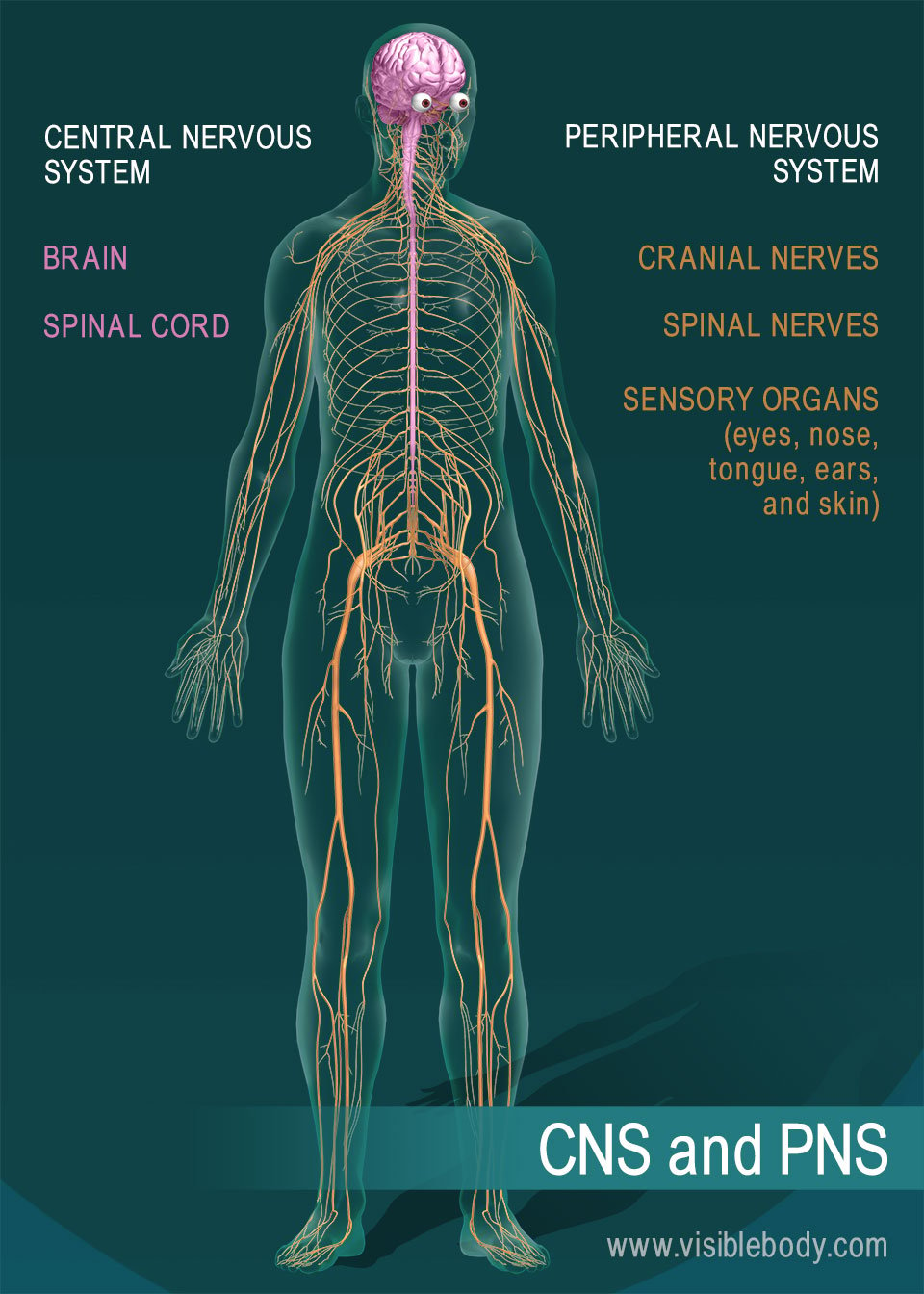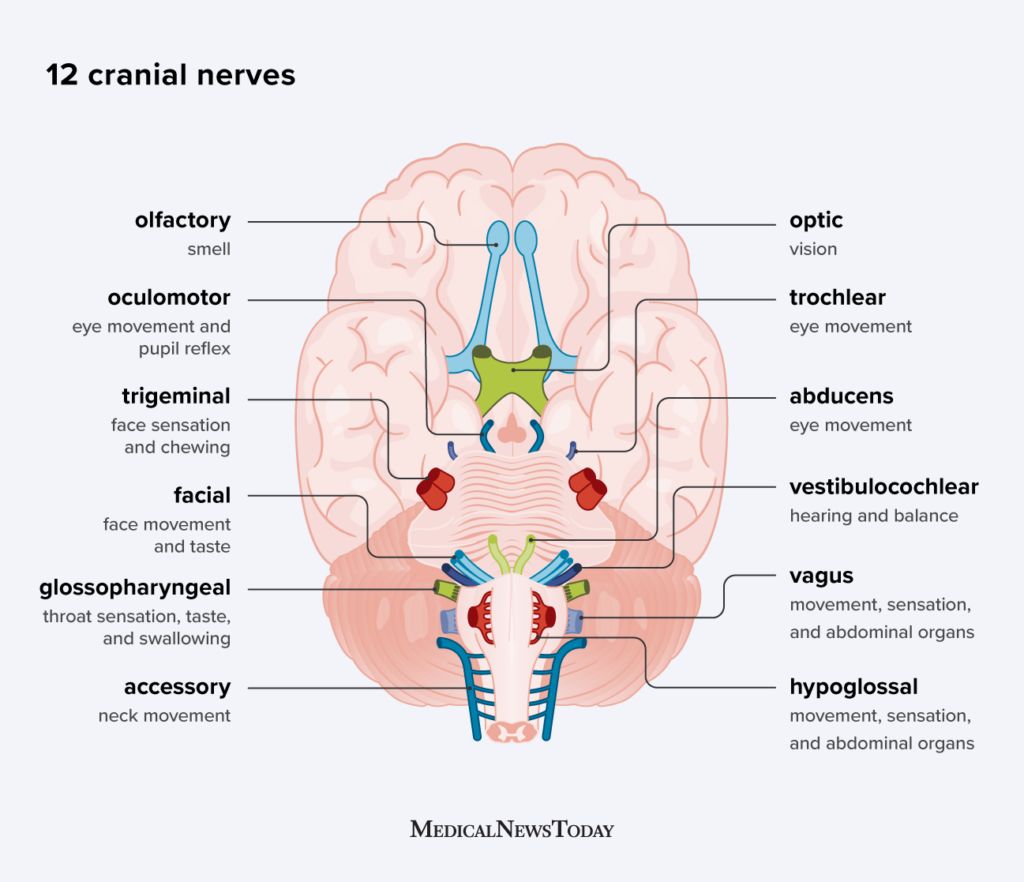
Aneurysm vs. Stroke: Key Differences, Symptoms & When to Get Help
Confused about aneurysm vs. stroke? Learn the critical differences, symptom overlaps, risk factors, and the crucial link between these two serious brain conditions.

Confused about aneurysm vs. stroke? Learn the critical differences, symptom overlaps, risk factors, and the crucial link between these two serious brain conditions.

Explore the complex link between acid reflux (GERD) and nervousness. Learn how digestive issues can trigger anxiety and what science says about this connection.

Learn if narcolepsy is legally a disability under the ADA and SSA. Get expert tips on applying for benefits, workplace rights, and proving your case.

A comprehensive guide to why people bite their lips, exploring causes like anxiety and dental issues, the health impacts, and effective ways to stop.

The duration of a DMT trip varies from 5 minutes to over 6 hours. Learn how the method, dosage, and personal factors affect how long DMT lasts and stays in your system.

Is Limbic ADHD real? Explore the science behind emotional dysregulation in ADHD, its symptoms, and the controversy surrounding this unofficial diagnosis.

Feeling pain? Your headache's location can offer vital clues. Our guide helps you decode the headache map to identify potential causes, from migraines to tension.

Understand atonic (flaccid) bladder, from its neurological causes and symptoms to a full range of treatments including catheterization, medication, and surgery.

A comprehensive guide comparing dysarthria (a motor speech disorder) and aphasia (a language disorder), including causes, symptoms, types, and treatment.

High-functioning ADHD isn't a formal diagnosis, but a real experience. Learn the signs, the hidden costs of masking, and strategies to thrive authentically.

An eyebrow twitch is usually harmless, caused by stress, caffeine, or fatigue. Learn the common causes, how to stop it, and when it might signal a serious issue.

A comprehensive guide to understanding a burning smell. Learn to identify fire hazards in your home and car, and discover the medical causes of phantom smells (phantosmia).
The brain and nerves form the nervous system, your body's intricate and all-encompassing command center. This complex network governs everything from your breathing and heartbeat to your thoughts, emotions, and movements. Understanding how this system works is the first step toward protecting and optimizing its health for a lifetime of well-being.
The nervous system is the master controller of your body, a vast communication network that sends and receives electrical and chemical signals. It includes the brain, spinal cord, and a complex web of nerves that extend to every organ, muscle, and gland. According to Johns Hopkins Medicine, this system controls thought, memory, emotion, motor skills, and every process that regulates our body.
The nervous system is broadly divided into two principal parts, each with a distinct but interconnected role.
The Central Nervous System (CNS) consists of the brain and the spinal cord. Think of it as the central processing unit for your entire body. It receives sensory information from the peripheral nerves, interprets this data, and issues commands. As noted by the National Institutes of Health (NIH), the brain is responsible for processing and integrating information, while the spinal cord acts as the main conduit for messages between the brain and the rest of the body.
The Peripheral Nervous System (PNS) is the vast network of nerves that branch out from the CNS, connecting it to your limbs and organs. These nerves act as the information highway, relaying signals from the body to the brain and carrying instructions from the brain back to the body. The PNS is further divided into the somatic nervous system (controlling voluntary movements) and the autonomic nervous system (regulating involuntary functions like digestion and heart rate).
 Image Source: Visible Body. The nervous system is divided into the Central Nervous System (CNS) and the Peripheral Nervous System (PNS).
Image Source: Visible Body. The nervous system is divided into the Central Nervous System (CNS) and the Peripheral Nervous System (PNS).
The brain is the most complex organ in the human body, weighing about three pounds and composed of approximately 60% fat. It is not a muscle but a sophisticated structure of neurons, glial cells, blood vessels, and supportive tissues.
The brain can be divided into three main parts: the cerebrum, cerebellum, and brainstem.
The brain's tissue is separated into two main types:
Nerves are bundles of specialized cells called neurons that act like cables, carrying electrical impulses throughout your body. As the Cleveland Clinic explains, these signals help you feel sensations, move your muscles, and maintain automatic functions.
Nerves are generally categorized by their function:
Nerves branch out from the CNS in two main groups:
 Image Source: Medical News Today. A diagram illustrating the functions of the 12 cranial nerves.
Image Source: Medical News Today. A diagram illustrating the functions of the 12 cranial nerves.
When the nervous system is damaged or dysfunctional, it can lead to a wide range of debilitating conditions. Recognizing the signs is critical for early intervention.
Symptoms of a nervous system issue can be diverse and may include:
Several types of diseases can damage the brain and nerves:
Recent research highlights a strong connection between a dysregulated Autonomic Nervous System (ANS) and many chronic health problems. When the "fight-or-flight" (sympathetic) branch is persistently overactive and the "rest-and-digest" (parasympathetic) branch is underactive, the body gets stuck in a state of high alert. This imbalance is a hidden driver behind conditions like Postural Tachycardia Syndrome (POTS), Irritable Bowel Syndrome (IBS), chronic fatigue, and even mental health disorders like anxiety and PTSD.
For centuries, it was believed that damage to nerve cells was permanent. However, modern science has overturned this dogma, revealing the nervous system's remarkable capacity for repair and regeneration.
As detailed in Scientific American, scientists have learned that peripheral nerves possess a significant ability to regrow after injury. The process is complex and often incomplete, but it is possible. More revolutionary was the discovery in the late 20th century of neurogenesis—the creation of new neurons—in specific areas of the adult human brain, particularly the hippocampus, which is linked to learning and memory.
The field of neuroregeneration is rapidly advancing, offering new hope for those with nerve injuries.
You can take proactive steps to support and optimize the health of your nervous system throughout your life. A holistic approach focusing on diet, exercise, rest, and stress management is key.
A brain-healthy diet is essential. Key nutrients include:
Regular exercise increases blood flow to the brain, delivering oxygen and nutrients. It also stimulates the release of endorphins, which can help calm the nervous system and improve mood.
During sleep, the brain clears out toxins and consolidates memories. Aim for 7-9 hours of quality sleep per night to allow your nervous system to repair and rejuvenate.
Chronic stress can be toxic to the nervous system. Practices like mindfulness, meditation, and deep breathing exercises activate the body's relaxation response, counteracting the harmful effects of stress.
Keep your brain active and engaged. Activities like reading, solving puzzles, learning a new language or musical instrument, and maintaining social connections help build cognitive reserve and maintain neural connections.
Symptoms of a nerve problem depend on the type of nerve affected. Sensory nerve issues can cause tingling, numbness, burning pain, or increased sensitivity. Motor nerve problems may lead to muscle weakness, cramps, twitching, and loss of coordination. Damage to autonomic nerves can result in digestive problems, changes in blood pressure causing dizziness, bladder dysfunction, and abnormal sweating.
Signs of a dysregulated nervous system can be widespread. They include sensory changes like numbness or vision problems; motor issues like weakness, tremors, or poor balance; autonomic dysfunctions affecting breathing, heart rate, or digestion; and cognitive or mood changes such as confusion, memory issues, or sudden personality shifts. Sudden severe headaches or seizures require immediate medical attention.
The nervous system has a capacity for repair, especially in the peripheral nerves. Specialized glial cells called Astrocytes play a key role in mitigating damage and repair. Modern medical strategies include direct surgical repair, nerve grafts, and advanced nerve conduits. Emerging treatments like stem cell therapy, targeted growth factors, and electrical stimulation are also showing promise in enhancing neuroregeneration.
Various diseases can attack the nerves. Autoimmune disorders like Multiple Sclerosis (MS) and Guillain-Barré Syndrome occur when the body's immune system mistakenly targets nerve cells. Infections such as meningitis and Lyme disease can also cause nerve damage. Additionally, metabolic conditions like diabetes are a common cause of peripheral neuropathy (nerve damage), and certain toxins or chemotherapy drugs can also harm nerves.